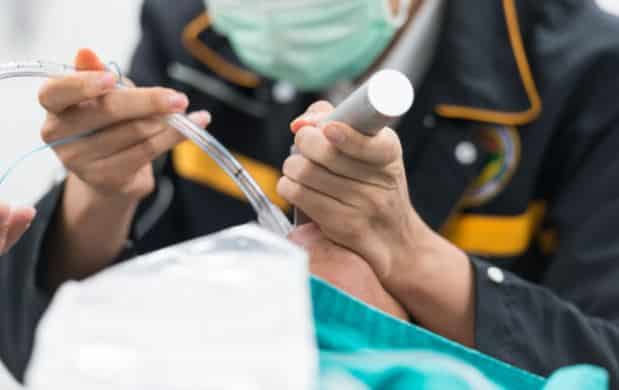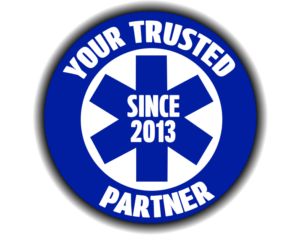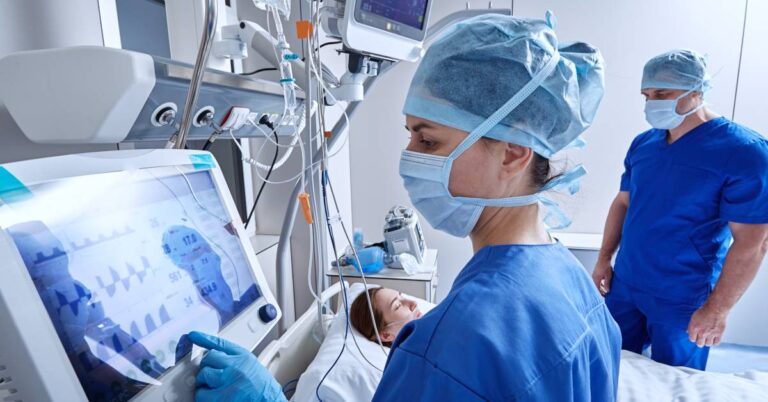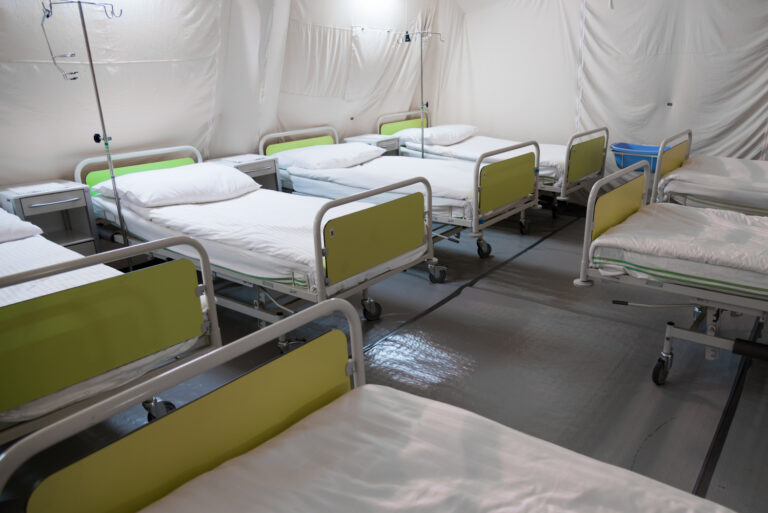
5 Reasons Why Proper Placement of Endotracheal (ET) Tubes is Critical in Emergency Medicine
Emergency medicine is the ultimate race against time, where every second counts. And in these high-stakes situations, ensuring the proper placement of endotracheal (ET) tubes becomes absolutely crucial- it’s the one thing you can’t afford to get wrong.
Below are five reasons why getting this tube in the right place is a matter of life and death:
1. Ensuring Adequate Ventilation
The primary purpose of an ET tube is to establish and maintain a secure airway, allowing for effective ventilation. Correct placement of the tube within the trachea ensures that oxygen can be delivered directly to the lungs while enabling carbon dioxide removal.
Improper placement, such as in the esophagus, can lead to inadequate ventilation and subsequent hypoxia, potentially resulting in severe complications such as brain damage or even death.
2. Preventing Aspiration
One of the critical risks of emergency intubation is the potential for gastric aspiration, where stomach contents can enter the lungs. Aspiration can lead to severe complications, including pneumonia, lung injury, and respiratory distress.
Proper ET tube placement in the trachea ensures that the airway is isolated from the gastrointestinal tract, minimizing the risk of aspiration. Additionally, clinicians should consider the use of cricoid pressure and the insertion of a nasogastric tube after intubation to further reduce the risk of aspiration.
3. Facilitating Oxygenation
Correct ET tube placement allows for optimal oxygenation of the patient. By securing the tube in the trachea, oxygen can be efficiently delivered to the lungs, allowing for effective gas exchange. This is particularly important in emergency situations where patients may be experiencing severe respiratory distress or failure, requiring immediate and adequate oxygenation. It also helps to reduce the potential for airway trauma, which can result from an incorrectly placed ET tube.
4. Facilitating Suctioning and Secretion Management
During an emergency, patients often have copious secretions in the airway, which can obstruct breathing and compromise lung function. Proper ET tube placement allows for effective suctioning of these secretions, reducing the risk of blockages and maintaining a clear airway.
Additionally, correct placement facilitates secretion management techniques such as bronchial hygiene, which can enhance respiratory function and prevent complications.
5. Monitoring Capnography
Capnography, the measurement of carbon dioxide levels in exhaled breath, is a valuable tool in emergency medicine for monitoring the effectiveness of ventilation and assessing a patient’s condition.
When you place the ET tube correctly, it enables accurate capnography readings. This allows clinicians to constantly monitor the patient’s ventilation and identify any changes in the concentration of CO2 that may indicate potential complications and make necessary adjustments, optimizing patient care.
Bottom Line
Proper placement of ET tubes is critical in emergency medicine to ensure adequate ventilation, prevent aspiration, facilitate oxygenation, enable effective suctioning and secretion management, and allow accurate monitoring of patient condition through capnography.
Failing to achieve correct tube placement can have severe consequences, underscoring the importance of skillful and attentive airway management in emergencies.
Contact Us for All Your ET Tube Needs
Are you in need of ET tubes? Coast Biomedical Equipment offers a wide range of tubes for emergency and non-emergency applications, each designed to meet the needs of clinicians and patients.
We also stock a range of accessories, including adapters and connectors, for maximum convenience. Our team can provide expert advice on the right tube for your needs, so contact us today to get started.





